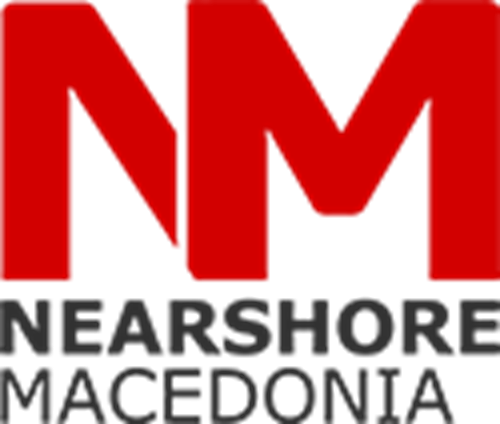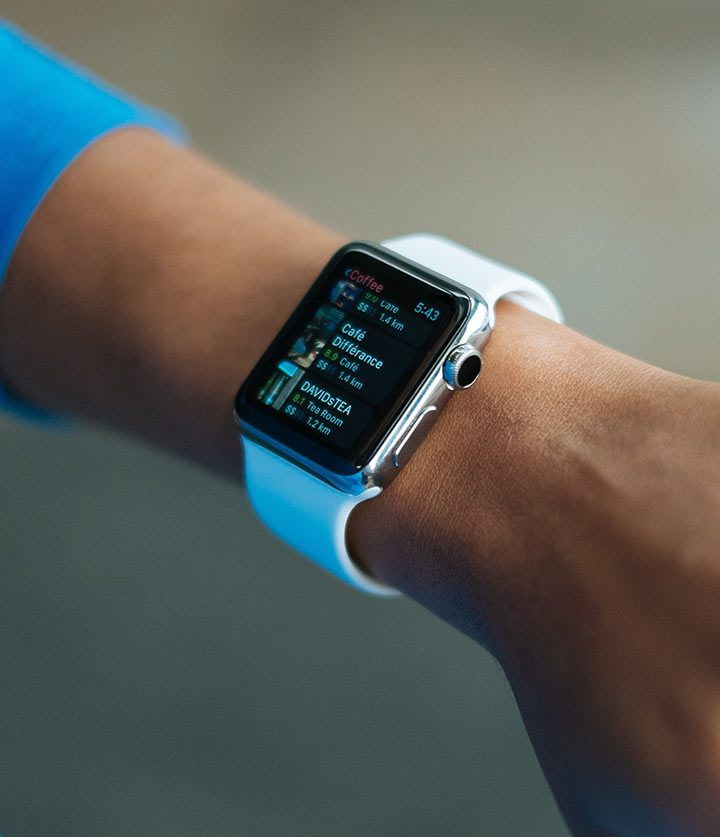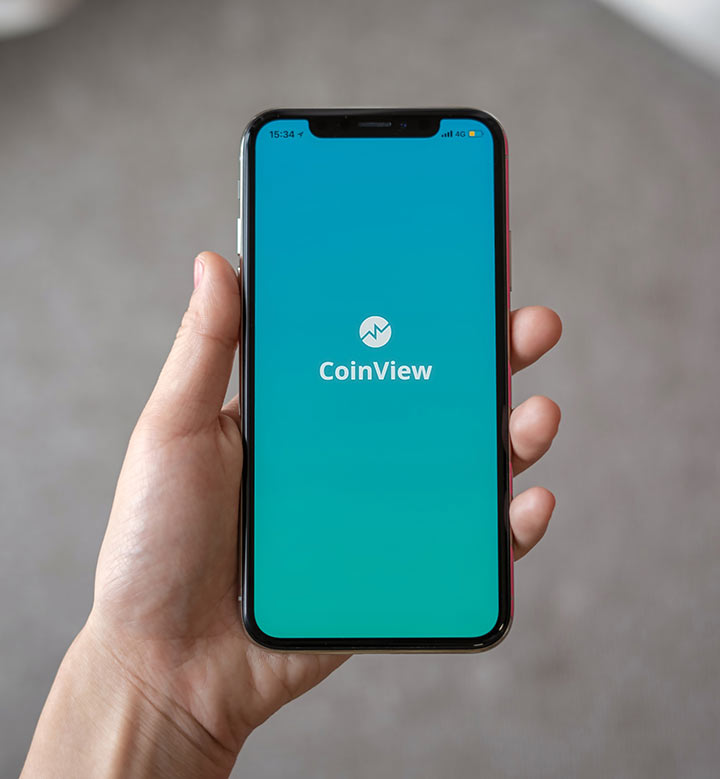- [email protected]
- Mon - Fri: 8.00 am - 17.00 pm
Case Study: Custom Pharmacovigilance Intensive Monitoring System (LIM)
Client Overview
A national pharmacovigilance center responsible for monitoring adverse drug reactions (ADRs), aiming to expand beyond spontaneous reporting and include active, longitudinal patient monitoring.
Challenges
- A national pharmacovigilance center responsible for monitoring adverse drug reactions (ADRs), aiming to expand beyond spontaneous reporting and include active, longitudinal patient monitoring.
- Scattered reporting sources: ADR reports came via multiple channels (pharmacies, patients, healthcare professionals), creating aggregation and standardization difficulties.
- Manual data collection and analysis: Sending, collecting, and processing questionnaires manually was time-consuming and delayed safety signal detection.
Solution Delivered
We built a web‑based Intensive Monitoring (LIM) System, inspired by client’s model, to systematically follow patients over time after prescription—and collect richer safety data:
- Automated patient enrollment: Patients identified at pharmacies when filling prescriptions for monitored drugs are invited to register on the platform.
- Scheduled questionnaires: At configurable intervals (e.g. weeks or months), the system automatically sends email surveys to participants, gathering detailed ADR information over time.
- Longitudinal data tracking: Enables capturing onset timing, duration, recovery, severity, and actions taken related to ADRs.
- High automation: Web-based architecture allows seamless questionnaire distribution, response collection, and real-time analysis—minimizing manual effort and accelerating insights.
- Scalable analytics dashboard: Built-in reporting tools allow PV teams to track patterns, identify new signals, and generate treatment advice based on rich patient-reported data.
These features reflect core aspects of client’s LIM, a modern digital version of prescription-event monitoring that emphasizes automation and longitudinal patient follow-up.
Implementation Highlights
- Requirement alignment with pharmacovigilance experts to mirror best practices from established LIM systems.
- Custom workflow configuration, determining which drugs to monitor, questionnaire timing, conditional logic, and data collection fields.
- Secure web portal development, with patient registration, data entry, encrypted storage, and GDPR/health data compliance.
- Automated scheduling engine for emailing surveys and reminders at predefined intervals.
- Real-time analytics dashboards for PV teams to monitor responses, trends, and emerging safety signals.
- Training and documentation delivered to ensure operational adoption.
Outcomes & Benefits
- Enhanced ADR insights: Captured detailed longitudinal data—onset latency, symptom duration, recovery—which improved understanding of drug safety profiles.
- Signal detection of new concerns: Early identification of unexpected ADRs thanks to structured data from patient surveys.
- Data-driven treatment advice: Analysis allowed the PV center to provide practical guidance to patients and healthcare providers.
- Efficient workflow: Automation dramatically reduced manual tasks, accelerating data collection and analysis timelines.
Conclusion
By implementing a LIM-inspired intensive patient monitoring system, your software development team empowered the pharmacovigilance center to move beyond passive reporting toward a proactive, data-rich safety monitoring approach. This solution delivers real-time, longitudinal insights, increased efficiency, and stronger foundations for regulatory compliance and patient safety.







